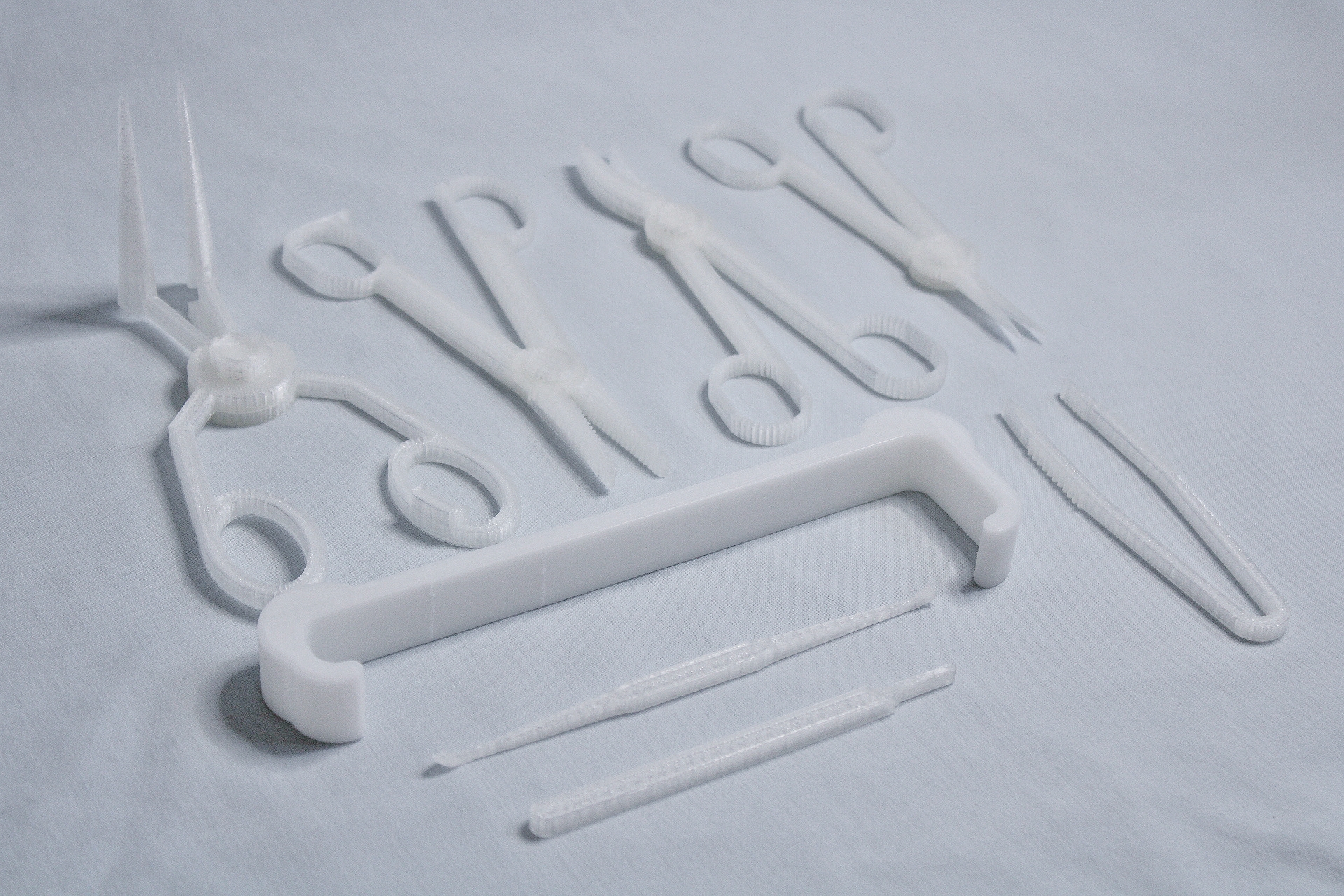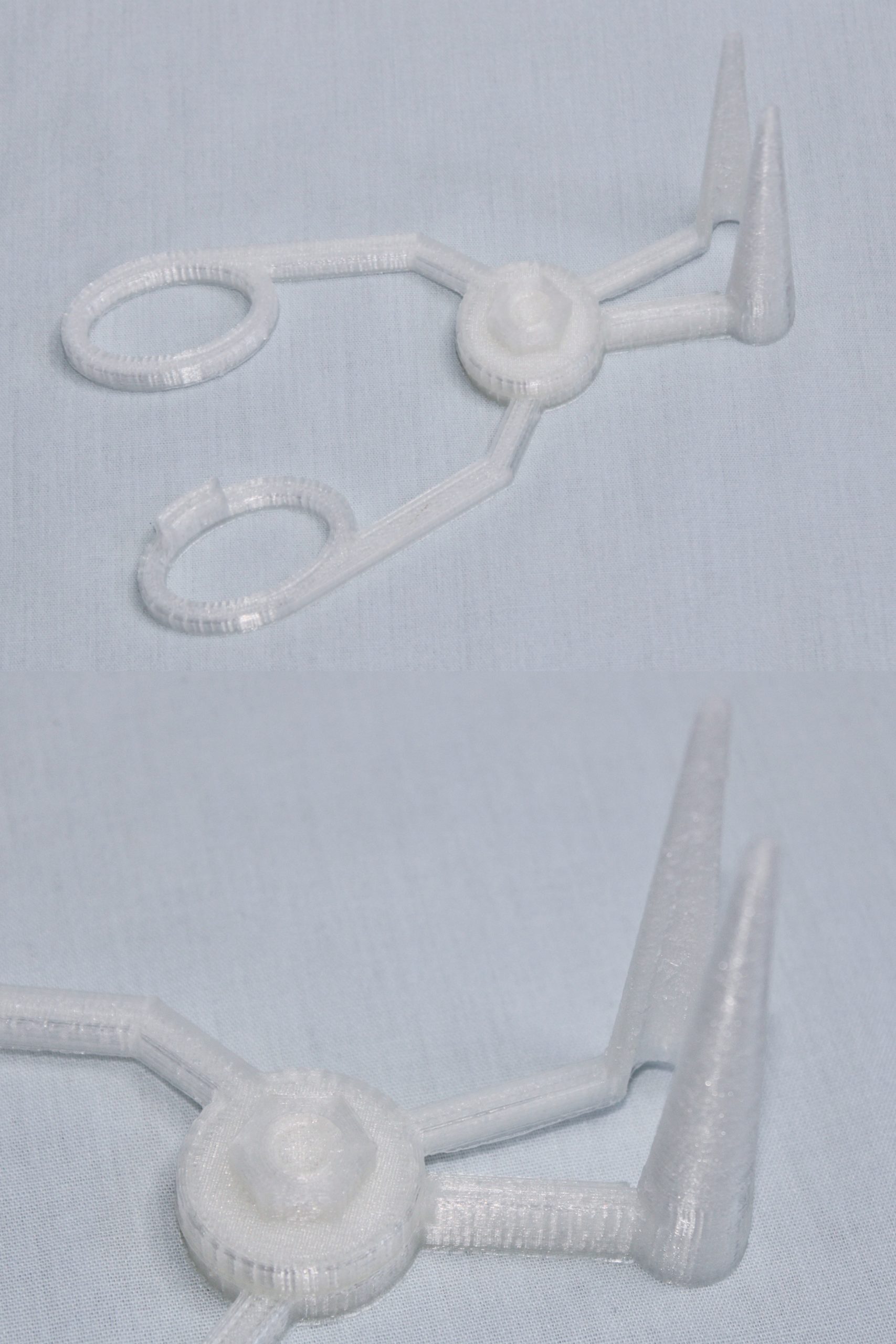Leonor Calhau

Useful information
- Team members
- Country
- —
- Keywords
- -
Detailed Description
3D Printed Surgical Instrument Kit for Austere Environments
Project Details
- Does your design take social and cultural challenges and human wellbeing into consideration?
Because this is an 8-piece medical kit, it's easy to entice people to participate in its modification. There is still room for improvements in usability and comfort, and as the instruments can be 3D printed locally, new and important modifications can come from anywhere. This is important because improvements and adjustments to this kit are rooted in usability and hands-on decentralized practice and shared use of these tools. In this case statistics counts to improve and sculpt the hand medical tool.
- Does your design support sustainable production, embodying circular or regenerative design practices?
The kit of surgical instruments 3D printed in PLA, or other 3D printed material, would be used as a valuable resource complementing or replacing metal instruments in real medical emergencies, for instance in humanitarian crisis, space exploration, education and also in lower resources countries. These tools complement the usual medical tools and can be adapted or modified locally to special medical needs without compromising standards medical procedures, this is noted by the scientific literature on this topic. Could also be used in teaching environments, schools. It also has pedagogical importance for nursing or medical students. Some of these tools are also useful in engineering environments, e.g. forceps or clamps, where electrical conductivity is a relevant safety factor.
3D printed instruments have an important economic relevance and commercial value, most of the known proposals are closed and restricted use under restrictive or patented user licenses. The objective of this proposal is also to open up manufacturing and design to the community, establishing a priori knowledge in order to avoid the patenting of these objects, freeing their generalized use to the community.
- Does your design use principles of distribution and open source?
These 3D files are accessible and available on distribution platforms and can be easily redesigned using another type of software for this purpose, thus being replicable with various tools and shared under open licenses. These instruments can be 3D printed in situ when needed, replacing or complementing their usual metallic versions.
- Does your design promote awareness of responsible design and consumption?
The captivation of the imagination of others serves as a catalyst for the acceptance of these surgical instruments in situations that we are normally unaware of, it is socially reasonable to accept the use of non-standard techniques in unknown or unusual situations, e.g. in humanitarian crisis or space exploration, by captivating the imagination in the use of these medical tools in unusual situations we promote openness in their use and promote cultural change often blocked by the culture of the establishment. Once experienced in a critical situation, they are often catalysts for concrete change in the health and social environment, calling for modification, participation and redistribution.
Images


